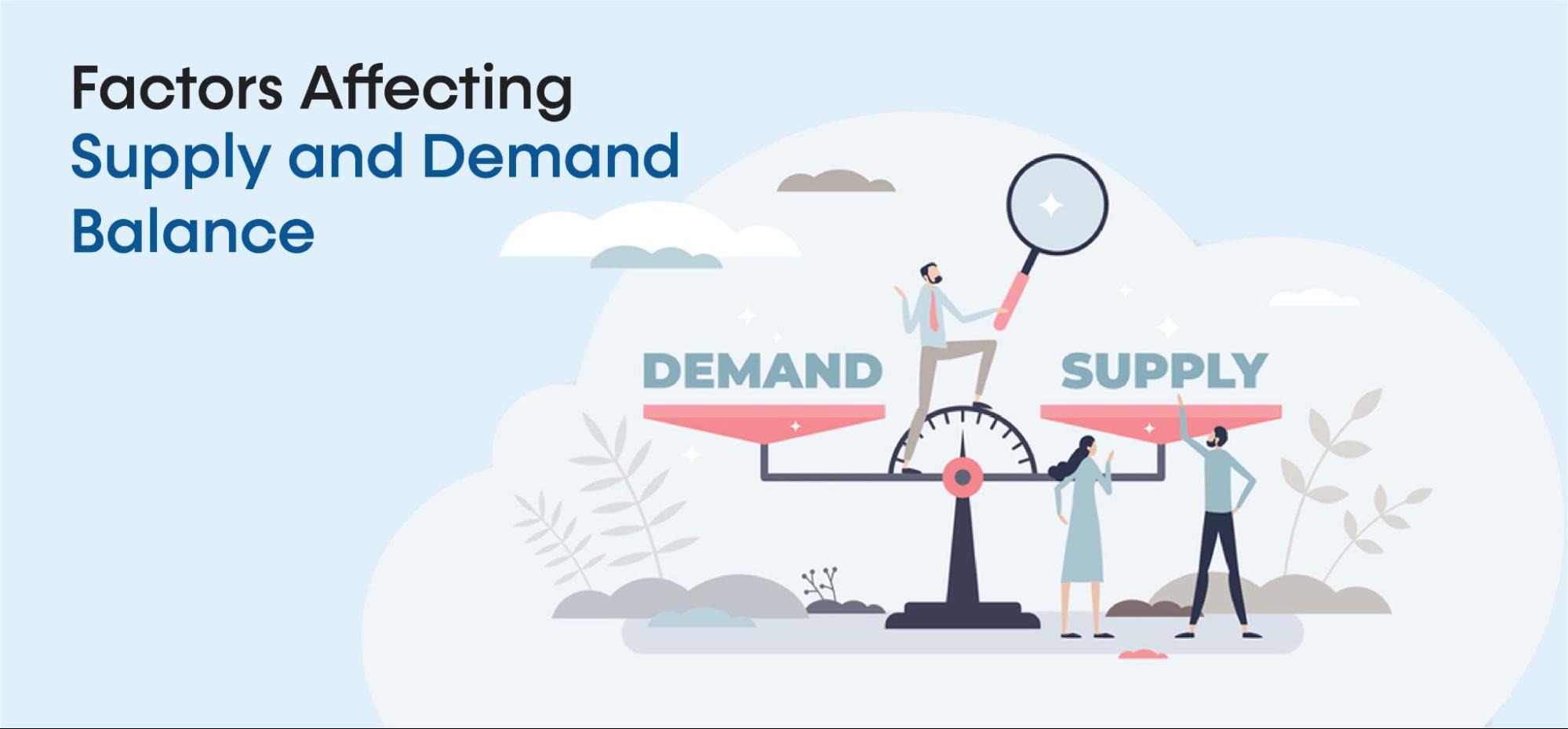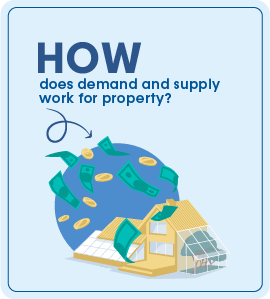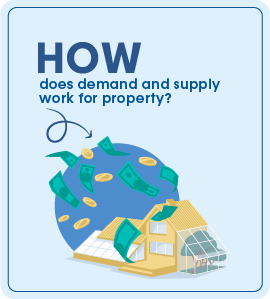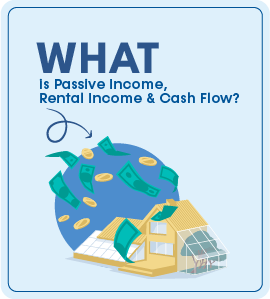Investing Guide
How does demand and supply work for property

Factors affecting demand and supply balance in real estate
Last post discussed how demand and supply determines the prices of commodities. In this post, we try to explain the factors that affect demand and supply in case of real estate i.e. what exactly determines supply of comparable properties and what drives demand for comparable properties. By comparable properties we only mean that you cannot compare: commercial properties with residential, an apartment with a house, agricultural land with industrial, a legal/ by the book project with a litigated project and so on…
Let’s look at the three factors which we consider to be most consequential in terms of determining demand (and supply) for a particular real estate.
Satisfaction with perceived return on investment
In the case of established communities and societies; further demand will be governed by existing occupants’ level of satisfaction with that particular locality. For instance, if residents of a particular area are satisfied with their living standards; they are unlikely to be out looking to sell their properties – hence limiting the supply of available units for sale. At the same time, there will be more people looking to be a part of that locality as they want to enjoy similar satisfaction and are afraid of missing out on the satisfaction that existing occupants are enjoying – thereby increasing demand. Such a scenario increases the demand while reducing supply – consequently driving prices higher.

This is also applicable in the case of underdevelopment projects. If the investors/ customers believe that the builders are living up to their promises and are likely to deliver; they are less likely to sell their properties and are likely to hold; therefore, supply will be limited and prices will go higher.
Disappointment with investment
Conversely consider an area where there are issues relating to utility supplies (gas, electricity, water, communication, etc.), poor road conditions, high burglary rates, poor law and order situation, non-access to education and healthcare or public transport, etc. Such an area is likely to see greater number of residents moving out; therefore, there will be an increase in willing sellers. Consequently, greater supply will drive the prices lower.
Likewise, if an under development project presents slow development, missing deadlines and non-fulfilment of commitments; the disenchanted investors/ customers are likely to look elsewhere and liquidate their investments in such a project. Such a scenario will also result in increasing supplies (reducing demand) and lowering prices.

Location and convenience
Location and surrounding of any locality/ society is not necessarily governed by how scenic it is – although it can be a driving factor with some exotic properties. By location, we refer to an area’s accessibility to economic centers (where people earn their living through engaging in economic activity and offering their products or services), educational institutes, healthcare centers, recreational spots etc. It is understandable that with the increasing population and limited living spaces, not everyone can live in the center. However, an area’s accessibility to these resource centers is crucial in determining its demand.
A location that offers a hassle-free commute to such centers would be greatly valued over its counterparts which do not offer the same through either respectable means of public transportation or well-maintained and relatively less busy roads.
An accessible location is likely to attract greater demand and hence drive the prices higher. Conversely, an inaccessible location is likely to see greater people moving away and hence pull the prices lower.

This factor also plays most critical role in determining the value of agricultural and industrial properties. Unless their location offers convenient access to the potential markets, they are unlikely to have a higher demand.
Conclusion
In a nutshell, satisfaction with perceived return on investment, disappointment with investment, and the location and convenience features of any real estate determine the balance between demand and supply. A property that offers satisfaction with the investment and has a convenient location; is likely to have a greater demand, limited supply and hence higher prices. Conversely, a property with dissatisfied investors/buyers is likely to increase the supply, reduce the demand, and drag prices lower.









